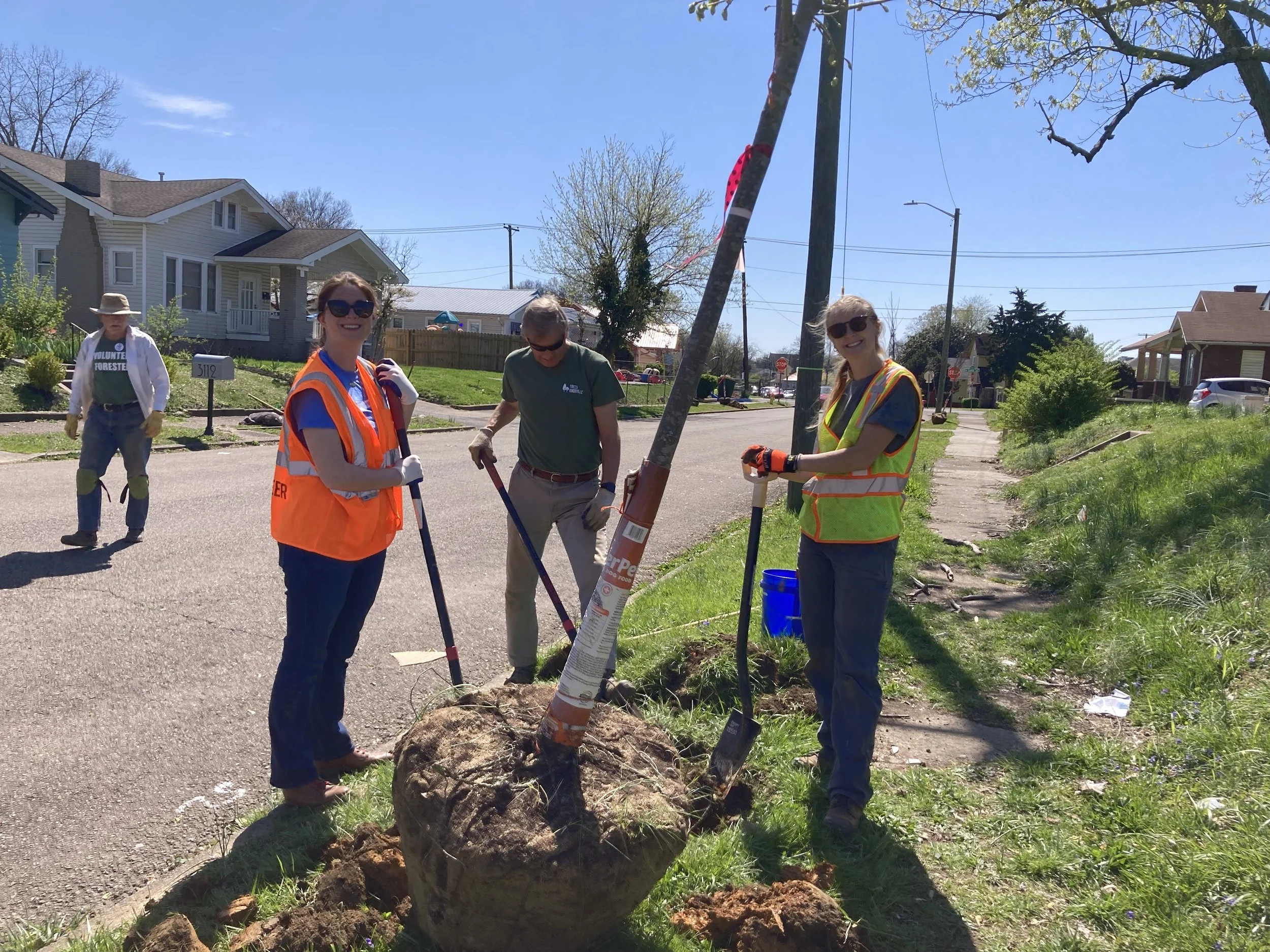Hope in the Tree Tops: How Trees Can Help Mitigate Climate Change
Deforestation. Photo by National Geographic.
Trees have numerous benefits – such as heat reduction, boosted mental health, a home for many kinds of wildlife, and added beauty to any community. Over the years, significantly more attention is turning towards the benefits of trees in mitigating the effects of climate change.
Trees and climate change
It is a lesson many of us learned in elementary school – trees absorb carbon dioxide from the air and release oxygen into the atmosphere. As carbon emissions continue to cause the catastrophic effects of climate change, trees play a vital role in reducing the amount of carbon in the atmosphere. According to Time Magazine, the planet is currently home to about 4 billion hectares of forest which have a net absorption of 7.6 billion metric tons of carbon each year. This means that trees absorb about 30% of the carbon dioxide the world emits in a year.
While this is fantastic news, the amount of forest in the world decreases each year. Of three of the largest rainforests (Amazon, Congo River Basin, and the Southeastern Asia rainforests), only the Congo River Basin is a significant carbon sink. A carbon sink is anything that absorbs more carbon than it releases. The Southeastern Asia rainforests are releasing more carbon than they are absorbing because of fires, clearing for plantations, and peat soil drainage, and the Amazon rainforest is on its way to a similar fate. If deforestation continues at the current rate, then we will lose one of our vital front line fighters against the effects of climate change.
While many plans to offset carbon emissions include planting more trees, new trees don’t have the same impact as mature, natural forests. Regardless, that doesn’t mean we shouldn’t plant trees. It just means that the effectiveness of carbon absorption will be gradual, but that is all the more reason to plant trees today instead of waiting. As a Chinese proverb says, “The best time to plant a tree was 20 years ago. The second best time is now.”
TREES IN KNOXVILLE
A KKB and Trees Knoxville tree planting on Linden Ave in March 2023. Photo by KKB.
According to Trees Knoxville, in the next 100 years, the temperature in Knoxville will be equivalent to central Florida today. Trees play an important role in both keeping a city cool and absorbing greenhouse gases, and Trees Knoxville is developing the Knoxville Urban Forest Master Plan which will advise where, how, and when to plant trees that will help our city. The Master Plan began in 2020 with a tree canopy assessment that measured change in overall tree canopy in Knoxville from 2011 to 2018. As of 2018, 38% of land in Knoxville is covered by trees when viewed from above. However, this is down 40% from 2008. Over 700 acres were lost between 2008 and 2018, with most of that loss occurring on residential private land.
There is no standard quantity of tree canopy for a city, but similar cities in the southeast typically measure about 30%-50% tree canopy. Knoxville currently has no tree canopy goal set, so an aspect of the Knoxville Urban Forest Master Plan is to create a goal of tree canopy. Especially after the significant decrease from 2008 to 2018, a tree canopy goal will be crucial as Knoxville continues to grow and develop. Over the past six months, Trees Knoxville has been creating a strategy for the master plan, receiving community input on where they would like to see trees planted, the challenges of maintaining trees, and why trees are important to community members. In the fall of 2023, the plan will be adopted and the action steps will be implemented. Follow Trees Knoxville and Keep Knoxville Beautiful on social media for updates on the Urban Forest Master Plan over the coming months!


